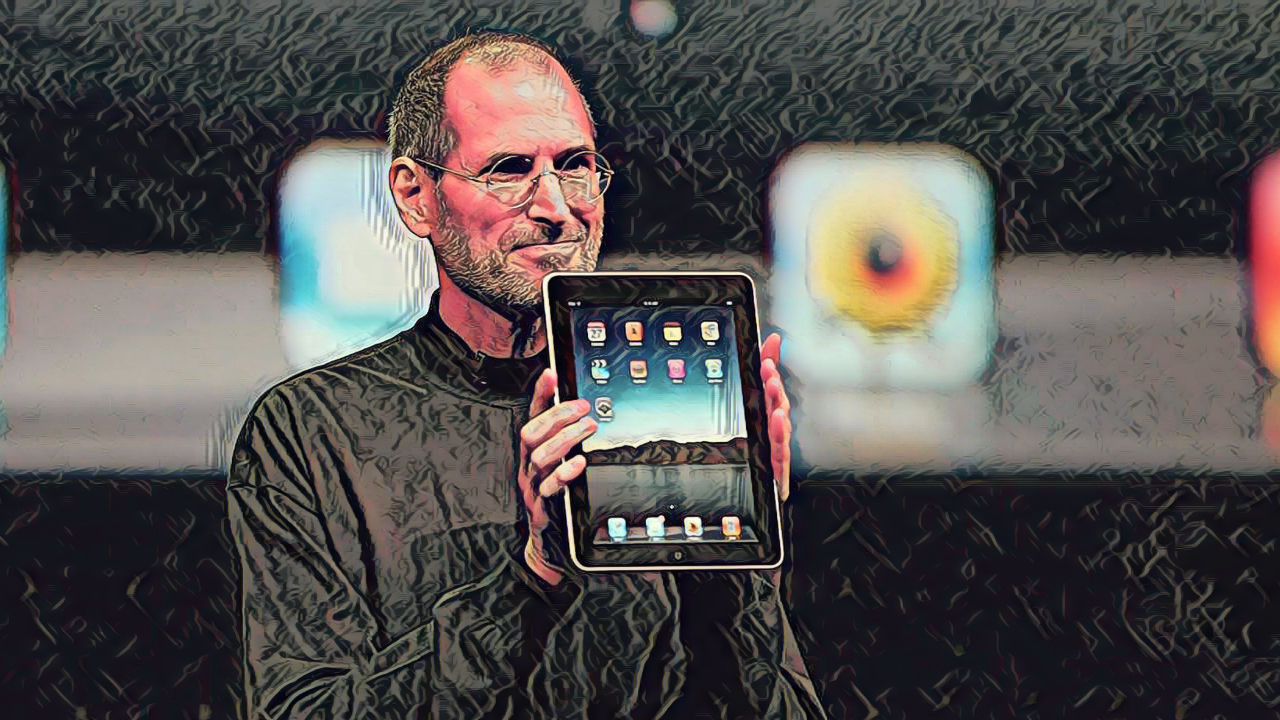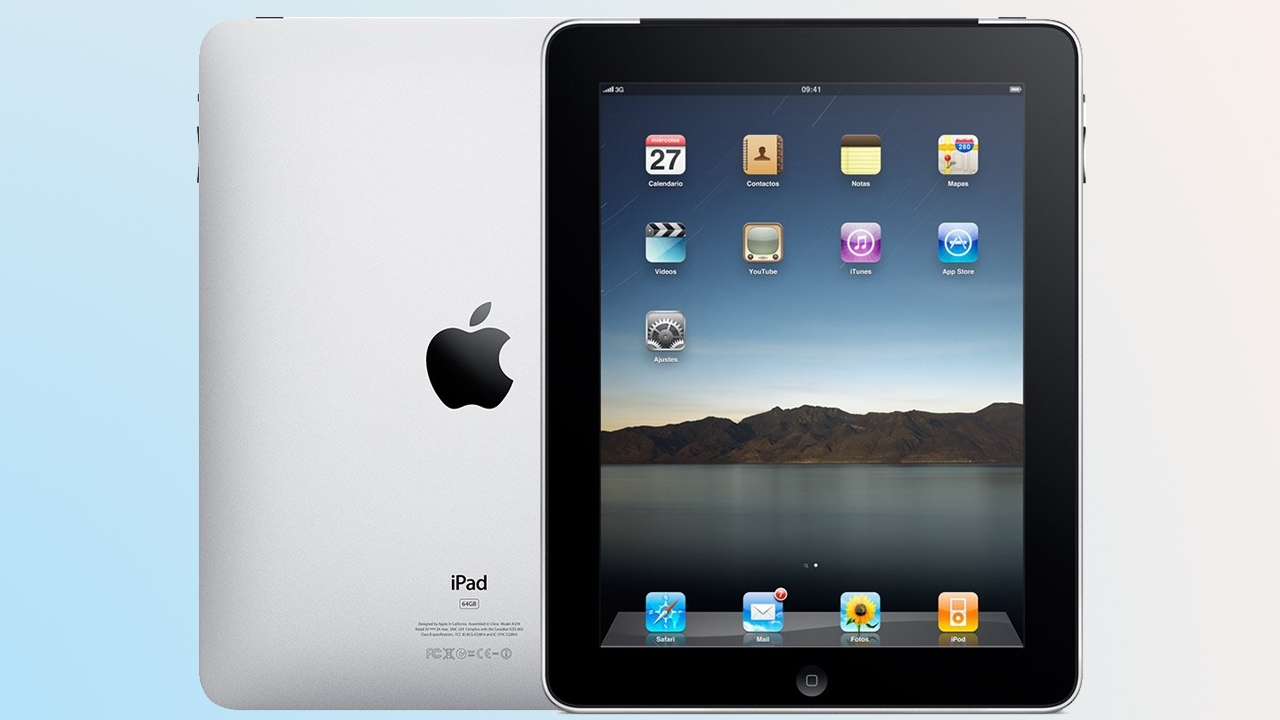Remembering the original iPad launch, from doubt to clout
We look back at the first generation iPad with fond memories.

You’d be forgiven for not noticing, but Apple has quietly released a couple of new iPads into the tail end of 2022; a larger 10.9-inch version of the base model, the 10th-gen new iPad 2022, and a new 2022 iPad Pro, which has a new screen that can detect when an Apple Pencil is hovering over it.
What was really curious was how little fuss Apple made about these two new additions to the line up of the world’s favourite tablet. There was no event to announce them. The Apple Store simply went down for a few hours and when it came back up, boom, there they were.

This article originally appeared in Mac|Life magazine. If you'd like to stay up-to-date on all the latest news, tips, guides and more for all things iPhone, MacBook, iPads and more, check out the latest print and digital subscription deals. Subscribe today from only $1.39 per issue!
Things were pretty different back in the heady days of 2010, when Steve Jobs announced the launch of Apple’s first iPad to the assembled ranks of the world’s press. This was clearly a big event, but the thing was, we really weren’t sure what to make of it at the time. It was, after all, just a bigger iPhone, without the phone bit. It was hard to understand what a difference this tablet was going to make to the mobile computer market, but it went on to change everything, turning Apple into the world’s biggest computer manufacturer. As long as you count the best iPads as computers, that is.
At the time of its initial release you had to connect your iPad to a ‘real’ computer to activate it, but as cloud computing became better and easier, Apple dispensed with needing to own a traditional laptop or desktop to fire up an iPad - and with successive generations the iPad got so powerful that it became the dominant computing device in a lot of people’s homes. It turns out that for most of what people need a home computer for, an iPad is perfectly acceptable, especially when paired with one of the best bluetooth keyboards for iPad.

The precursor to the iPad
For Apple the iPad wasn’t its first foray into tablet computing. It had released the Newton MessagePad way back in 1993, a Personal Desktop Assistant, which came with its own stylus and supported features like handwriting recognition. While much-loved by a certain section of its user base, it turned out to be a bit of a commercial flop, mainly thanks to its terrible handwriting recognition software, which proved to be a little bit too ahead of its time, and it was canned by Steve Jobs on his return to Apple in 1998.
It wasn’t until 2015 that Apple announced its first iPad stylus pen to rival the MessagePad’s stylus, the Apple Pencil, alongside the new iPad Pro. The combination of Apple Pencil and the Pro’s larger screen size proved to be an instant hit, and this time Apple had got the handwriting recognition right, even if it had taken another 20 years to perfect it.
Of course, what makes the iPad valuable to most people is not the Apple Pencil or the handwriting recognition, as nice as those features are. It’s simply how light, portable and easy to use it is as a web browser, movie player or email machine, and those qualities were all right there in the original iPad release way back in 2010. Even if the rest of us couldn’t quite see it yet, Steve Jobs had no doubts in his mind that the iPad would end up changing everything, and he was right. The rest, as they say, is history.
Master your iPhone in minutes
iMore offers spot-on advice and guidance from our team of experts, with decades of Apple device experience to lean on. Learn more with iMore!

Graham is the Editor in Chief for all of Future’s tech magazines, including Mac|Life, MaximumPC, MacFormat, PC Pro, Linux Format and Computeractive. Graham has over 25 years of experience writing about technology and has covered many of the big Apple launches first hand including the iPhone, iPad and Apple Music. He first became fascinated with computing during the home computer boom of the 1980s, during which he wrote a text adventure game that was released commercially while still at school. After graduating university with a degree in Computer Science, Graham started as a writer on Future’s PC magazines eventually becoming editor of MacFormat in 2004 then Editor in Chief across the whole of Future’s tech magazine portfolio in 2013.These days Graham enjoys writing about the latest Apple tech for iMore.com as well as Future’s tech magazine brands.
